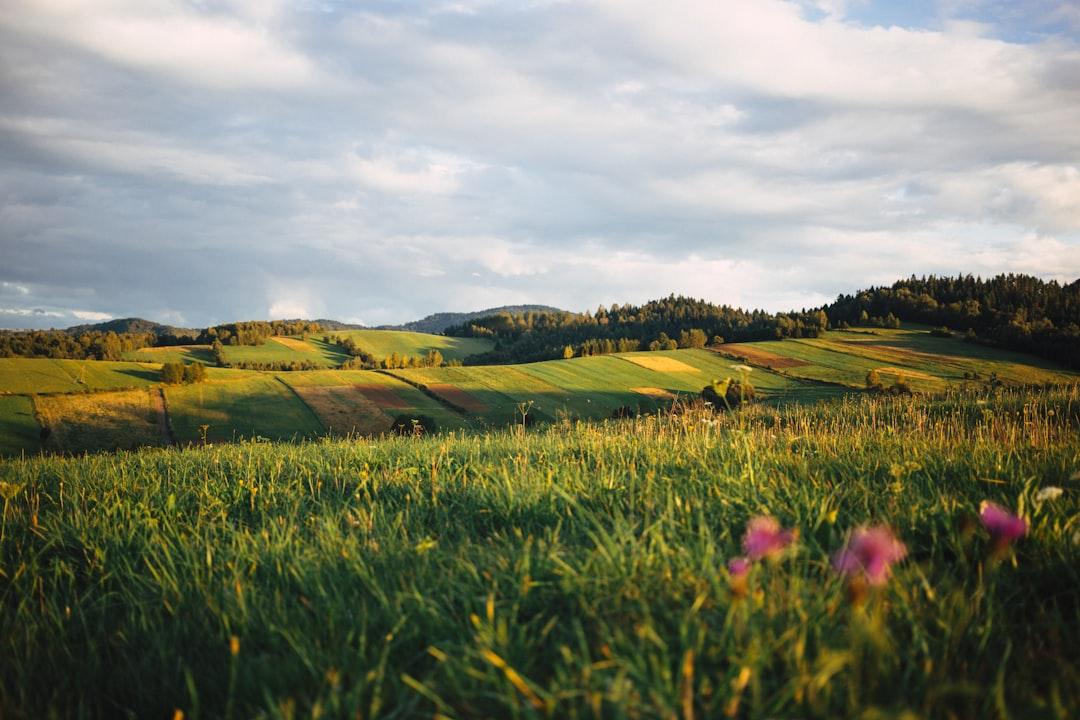
Activities in Poland
Frequently Asked Questions about Poland
What are the top attractions to visit in Poland?
Poland is a country with a rich history and culture, and there are many attractions worth visiting. Some of the top attractions include: - The Wawel Royal Castle in Krakow - The Old Town Market Square in Wroclaw - The Malbork Castle in Malbork - The Bieszczady Mountains in southeastern Poland - The Slowinski National Park on the Baltic coast
What are some popular activities to do in Poland?
Poland offers a wide variety of activities for travelers, including: - Exploring the country's rich history and culture by visiting museums and historical sites - Hiking in the Tatra Mountains or the Bieszczady Mountains - Relaxing on the beaches of the Baltic Sea - Sampling traditional Polish cuisine, such as pierogi and kielbasa - Attending festivals and events, such as the Krakow Christmas market or the Wianki festival in Warsaw
What are some of the best accommodations in Poland?
Poland offers a range of accommodations for all budgets, including: - Luxury hotels, such as the Hotel Bristol in Warsaw or the Sheraton Grand Krakow - Boutique hotels, such as the Kanonicza 22 in Krakow or the Rialto Boutique Hotel in Warsaw - Budget hotels, such as the Ibis Budget Warszawa Centrum or the B&B Hotel Wroclaw Centrum - Hostels, such as the Greg&Tom Beer House Hostel in Krakow or the Central Station Hostel in Warsaw
What are the best cities to visit in Poland?
Poland is home to many beautiful and historic cities, but some of the best cities to visit include: - Krakow: Known for its beautiful architecture, rich history, and vibrant nightlife, Krakow is a must-visit city in Poland. - Warsaw: Poland's capital city is a mix of old and new, with historic sites like the Old Town and modern attractions like the Copernicus Science Centre. - Gdansk: A beautiful port city on the Baltic coast, Gdansk is known for its stunning architecture and rich history. - Wroclaw: This charming city is known for its beautiful market square and colorful buildings, as well as its many museums and cultural events.
What is the best time to visit Poland?
The best time to visit Poland depends on your interests and what you want to do. If you're interested in winter sports, then the winter months are a good time to visit. If you prefer warmer weather, then the summer months are ideal. Keep in mind that Poland can be quite crowded during the peak summer months of July and August, so if you're looking to avoid the crowds, then consider visiting in the shoulder season of May, June, September, or October.
What should I pack for a trip to Poland?
What you pack for a trip to Poland depends on the time of year you're visiting and what activities you have planned. In general, you should pack comfortable walking shoes, warm clothing (if visiting in the winter), and a rain jacket (if visiting in the spring or fall). If you plan on visiting churches or other religious sites, then be sure to bring clothing that covers your shoulders and knees. Don't forget to also pack any necessary medications, your passport, and travel insurance documents.
What is the currency in Poland?
The currency in Poland is the Polish złoty (PLN). You can exchange currency at banks, exchange offices, or ATMs (known as bankomat in Poland). Many places in Poland also accept major credit cards, such as Visa and Mastercard.
What are some traditional Polish dishes I should try?
Poland is known for its hearty and delicious cuisine, and some traditional Polish dishes you should try include: - Pierogi: Dumplings filled with a variety of savory or sweet fillings, such as potato and cheese, sauerkraut and mushroom, or blueberry. - Kielbasa: A type of Polish sausage that is often grilled or boiled. - Bigos: A stew made with sauerkraut, meat, and vegetables. - Zurek: A sour rye soup that is often served in a bread bowl. - Makowiec: A poppy seed cake that is popular during the Christmas season.
What are some tips for traveling around Poland?
Poland has a good public transportation system, including buses, trams, and trains. If you plan on traveling by train, then be sure to book your tickets in advance to save money. Taxis are also widely available in cities, but be sure to only use licensed taxis. If you plan on driving in Poland, then keep in mind that the roads can be narrow and congested in some areas, and that parking can be difficult in cities.
What are some customs and etiquette tips to keep in mind when visiting Poland?
When visiting Poland, it's important to keep in mind some customs and etiquette tips, such as: - Greeting people with a handshake and using formal titles (such as Pan or Pani) until given permission to use first names. - Removing your shoes when entering someone's home. - Not wearing hats indoors (unless it's a religious head covering). - Not crossing your legs or ankles when sitting. - Being punctual for appointments and meetings. - Tipping 10% to 15% at restaurants (unless a service charge is already included).








